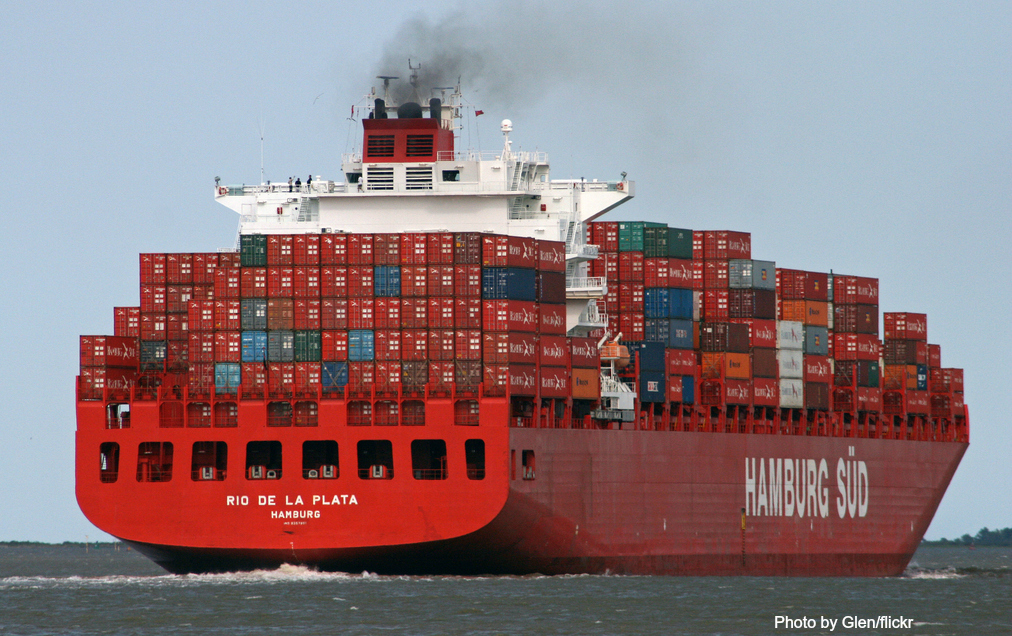
Are the first meaningful European NOx limits for shipping in sight?
Legislation cutting nitrogen oxides (NOx) from shipping in the Baltic and North Seas has moved a step closer with a decision by countries bordering the Baltic Sea to apply for tighter NOx limits in designated so-called ‘emission control areas’ (ECAs).
Interested in this kind of news?
Receive them directly in your inbox. Delivered once a week.
The rules that allow for certain sea areas to be designated an ECA are set in the International Maritime Organisation’s Marpol convention. They allow limits to be set for sulphur, NOx and particulate matter. Sulphur standards for the Baltic and North Seas have already been tightened but so far only the North American and Caribbean ECAs have lower NOx limits.
Now the Helsinki Commission – grouping the nine countries with Baltic coastlines – and the EU have agreed to apply to the IMO for stricter NOx emissions limits to apply in the Baltic. The application is expected to be considered by the IMO’s marine environment protection committee (MEPC 70) in October 2016 along with a parallel application for an ECA in the North Sea and English Channel.
Shipping in the Baltic Sea causes more than 13,000 tonnes of airborne nitrogen to be deposited each year, worsening the existing problem of eutrophication.
Moves to have NOx included in the Baltic ECA were first discussed in 2007, but a series of environmental and economic studies to justify the NOx limits have taken several years to complete and in 2014 Russia failed to join its Helcom partners in agreeing to go forward with an application to the IMO. This coincided with Russian moves to delay the Tier III implementation dates for all NECAs which resulted in the fixed date in MARPOL for new ECAs to apply to North America only. As a consequence, under the forthcoming Baltic and North Sea applications, ‘Tier III’ NOx requirements for new ship engines would apply only from 2021.
